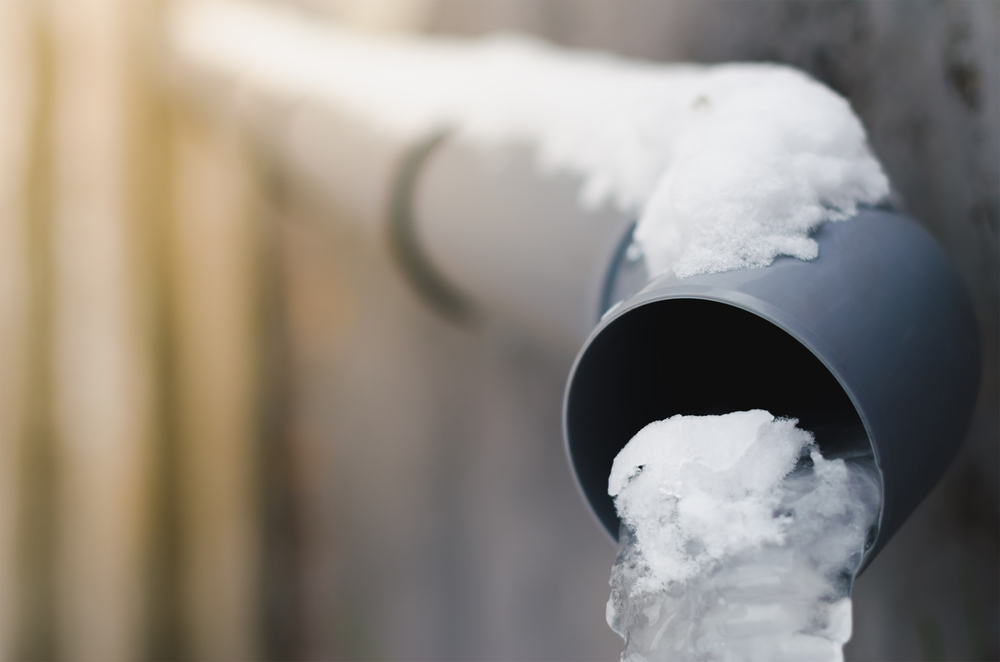Crucial Advice to Avoid Frozen Pipes in Cold Weather
Crucial Advice to Avoid Frozen Pipes in Cold Weather
Blog Article
We have stumbled upon this post involving Preventing and dealing with frozen pipes below on the web and thought it made perfect sense to relate it with you on this site.

Winter can ruin your pipes, especially by freezing pipelines. Below's how to avoid it from taking place and what to do if it does.
Intro
As temperatures decrease, the danger of icy pipes rises, potentially causing costly repair work and water damages. Recognizing how to avoid icy pipes is essential for house owners in cool climates.
Comprehending Icy Pipes
What triggers pipes to ice up?
Pipelines freeze when revealed to temperature levels listed below 32 ° F (0 ° C) for prolonged durations. As water inside the pipes ices up, it broadens, taxing the pipe wall surfaces and possibly creating them to rupture.
Threats and damages
Frozen pipelines can cause supply of water interruptions, building damage, and pricey fixings. Burst pipelines can flooding homes and create substantial structural damage.
Signs of Frozen Piping
Determining frozen pipes early can avoid them from bursting.
How to determine frozen pipelines
Seek reduced water circulation from taps, uncommon odors or noises from pipelines, and visible frost on subjected pipes.
Prevention Tips
Shielding vulnerable pipelines
Wrap pipelines in insulation sleeves or utilize heat tape to safeguard them from freezing temperature levels. Focus on pipes in unheated or external locations of the home.
Home heating methods
Keep interior spaces appropriately heated, particularly areas with plumbing. Open up cupboard doors to allow warm air to flow around pipelines under sinks.
Safeguarding Outside Plumbing
Garden pipes and outside faucets
Separate and drain garden pipes prior to wintertime. Set up frost-proof spigots or cover outdoor faucets with shielded caps.
What to Do If Your Pipes Freeze
Immediate actions to take
If you suspect frozen pipes, keep taps open up to ease stress as the ice melts. Use a hairdryer or towels taken in warm water to thaw pipelines slowly.
Long-Term Solutions
Architectural adjustments
Think about rerouting pipes away from outside wall surfaces or unheated areas. Add additional insulation to attic rooms, cellars, and crawl spaces.
Upgrading insulation
Buy high-grade insulation for pipelines, attic rooms, and wall surfaces. Proper insulation helps keep regular temperatures and decreases the threat of frozen pipelines.
Conclusion
Stopping frozen pipes needs aggressive procedures and fast feedbacks. By comprehending the causes, indicators, and safety nets, home owners can protect their plumbing throughout winter.
6 Proven Ways to Prevent Frozen Pipes and Protect Your Home
Disconnect and Drain Garden Hoses
Before winter arrives, start by disconnecting your garden hoses and draining any remaining water. Close the shut-off valves that supply outdoor hose bibs and leave the outdoor faucet open to allow any residual water to drain. For extra protection, consider using faucet covers throughout the colder months. It’s also important to drain water from any sprinkler supply lines following the manufacturer’s directions.
Insulate Exposed Pipes
Insulating your pipes is an effective way to prevent freezing. Pipe insulation is readily available at home improvement stores and is relatively inexpensive. Pay close attention to pipes in unheated areas such as the attic, basement, crawl spaces, or garage. Apply foam insulation generously to create a buffer against the cold. You can also wrap your pipes in heat tape or thermostat-controlled heat cables for added warmth.
Seal Air Leaks
Inspect your home for any cracks or openings that could let in cold air. Seal any holes around the piping in interior or exterior walls, as well as the sill plates where your home rests on its foundation. Additionally, make sure to keep your garage door closed unless you’re entering or exiting. Leaving it open creates a significant air leak that can lead to frozen pipes.
Allow Warm Air Circulation
During cold snaps, it’s essential to allow warm air to circulate evenly throughout your home. Leave interior doors ajar to promote better airflow. Open kitchen and bathroom cabinets to help distribute heat consistently around the rooms. If you have small children or pets, be sure to remove any household chemicals or potentially harmful cleaners from open cabinets for safety.
Let Faucets Drip
A small trickle of water can make a big difference in preventing ice formation inside your pipes. When temperatures drop significantly, start a drip of water from all faucets served by exposed pipes. This continuous flow helps prevent the water from freezing. Additionally, running a few faucets slightly can relieve pressure inside the pipes, reducing the chances of a rupture if the water inside does freeze.
https://choateshvac.com/6-proven-ways-to-prevent-frozen-pipes-and-protect-your-home/

As a serious person who reads about Winter Plumbing Precautions: Preventing Frozen Pipes, I figured sharing that excerpt was a good thing. In case you liked our blog entry if you please don't forget to share it. We treasure your readership.
Schedule Appointment Now Report this page